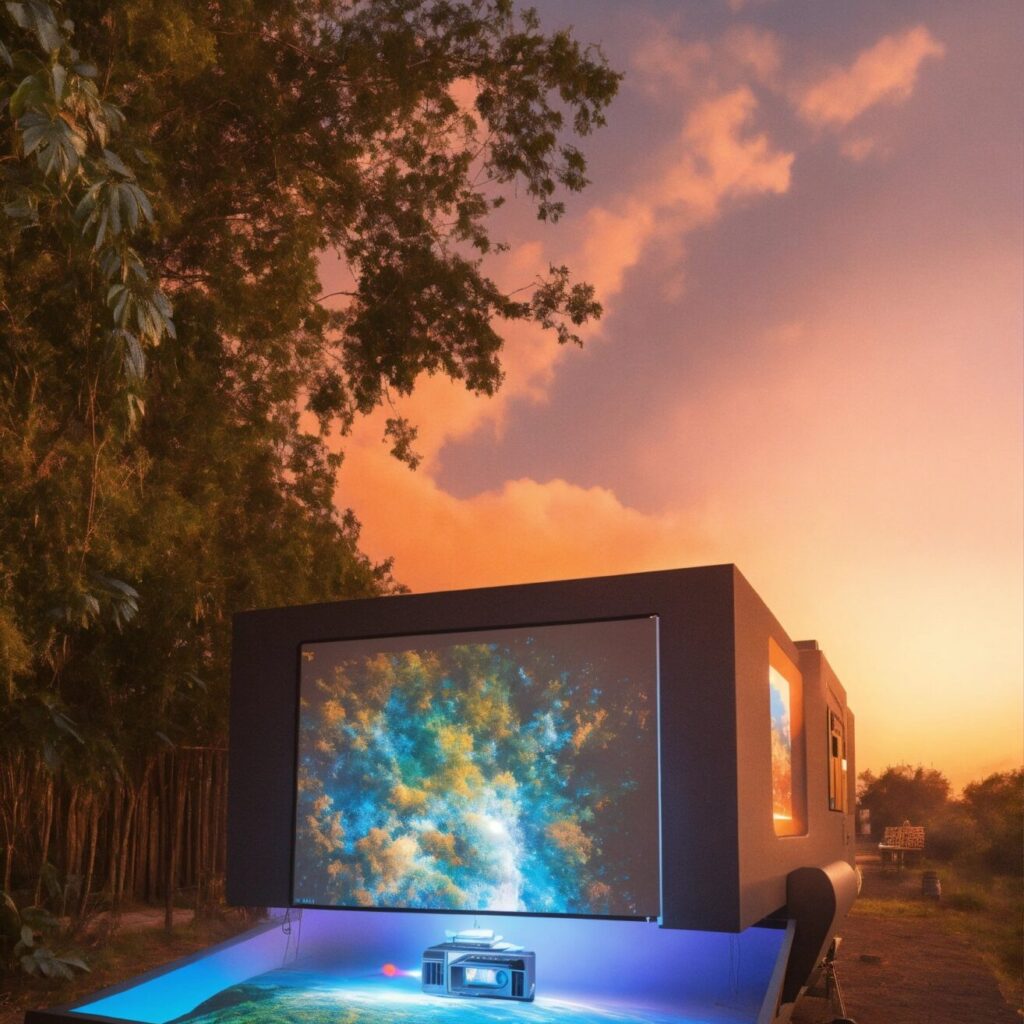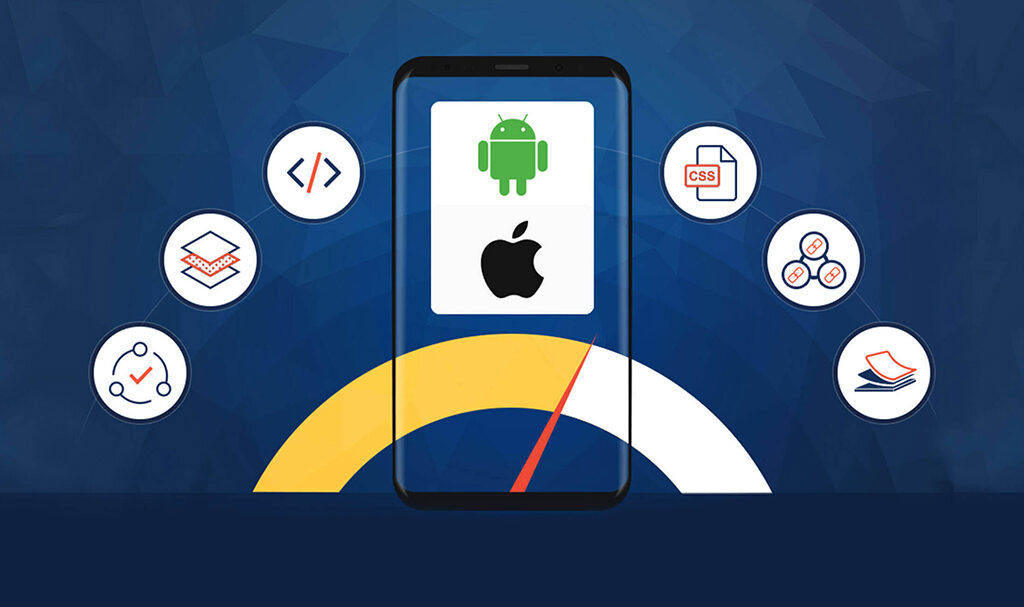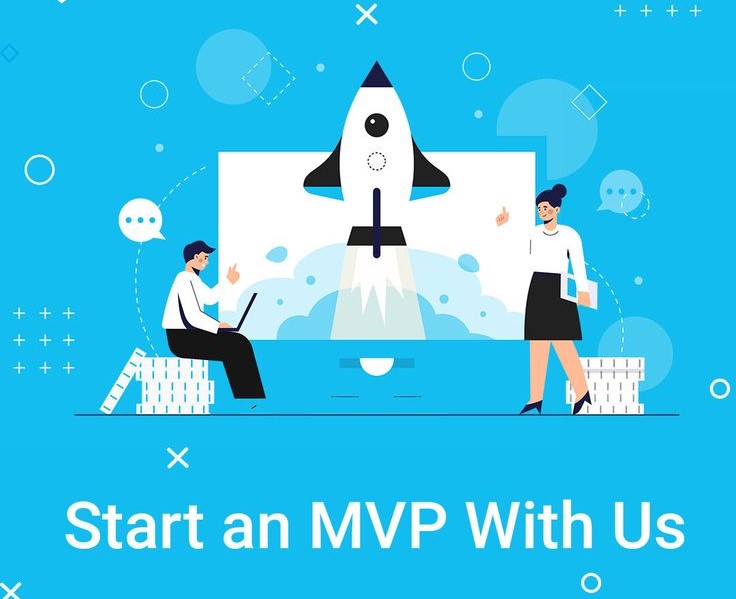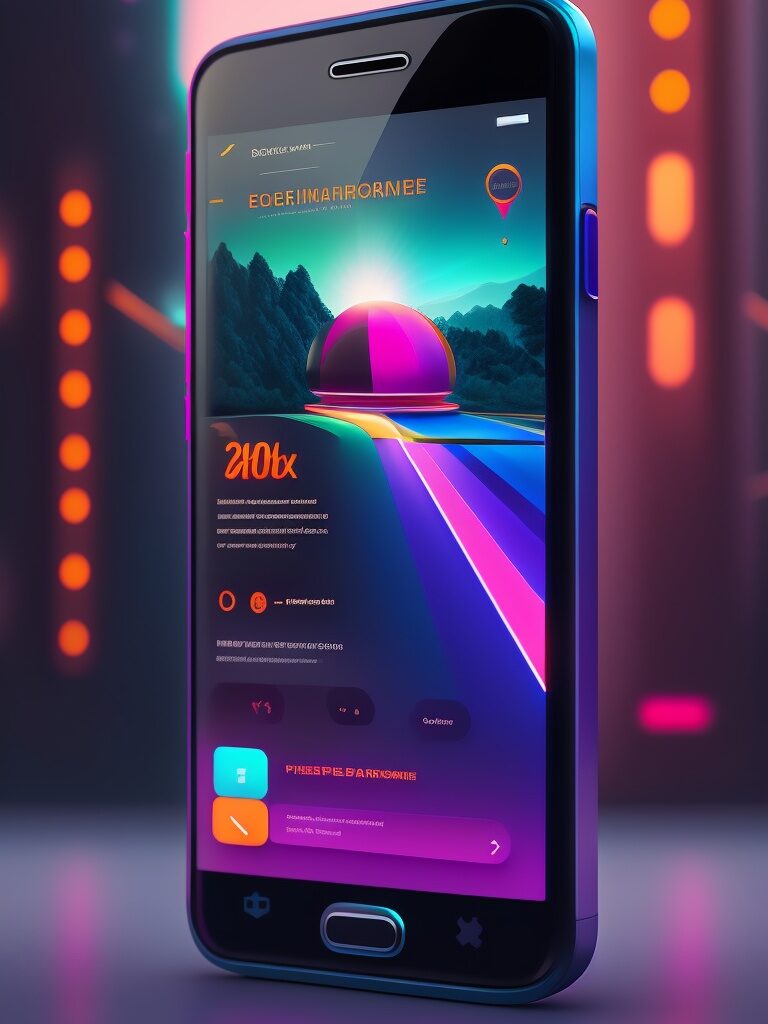1. Introduction: The New Age of Projections

Have you ever imagined a world where you can display videos, presentations, or visual aids anywhere and everywhere without the need for bulky equipment? Welcome to the era of portable projections. These compact, powerful devices are drastically changing the way we present and share content, transforming events and displays like never before.
2. The Evolution of Projection Technology
Historically, projection systems were cumbersome, expensive, and required meticulous setup. Now, with advancements in technology and design, portable projectors have emerged as innovative game-changers, offering users flexibility and convenience.
3. Why Go Portable? Key Benefits
Mobility: No more lugging around hefty machines. Modern portable projectors fit in your backpack or briefcase with ease.
Ease of Use: Most devices offer plug-and-play functionality.
Versatility: Use them for business presentations, outdoor movie nights, or art installations.
4. The Tech Behind Portable Projections
Micro LED and DLP (Digital Light Processing) are leading the charge. Micro LED offers stunning clarity and deep contrasts, while DLP provides sharp, colorful images even in ambient light conditions.
5. Top Players in the Portable Projection Market

Brands like Epson, LG, and BenQ are constantly pushing the boundaries of what’s possible with portable projections. Their devices are equipped with features such as built-in speakers, battery-powered operation, and wireless connectivity.
6. How Portable Projections are Transforming Business Events
Say goodbye to the days of tedious setups. Businesses can now engage audiences quickly with captivating visuals, making seminars, workshops, and meetings more dynamic.
7. The Impact on Social Events and Gatherings
From backyard movies to weddings, portable projections add a unique touch. They offer a new way to celebrate, share, and enjoy moments together.
8. Portable Projections in Art and Installations
Artists are using these devices to create immersive experiences, projecting their work on unconventional canvases like buildings, trees, and even water.
9. Tips for Using Portable Projectors
Ensure a clear, flat surface for optimal viewing. Darker environments enhance the viewing experience. Regularly clean the lens for crisp projections.
10. The Future of Portable Projections

With continuous technological advancements, we can anticipate even smaller devices with better battery lives, higher resolutions, and more interactive features.
Conclusion
The world of projections is no longer confined to darkened rooms and expansive setups. Portable projections have ushered in a new age of convenience, flexibility, and innovation. From business events to personal gatherings, they’ve revolutionized how we display and share content. As technology continues to evolve, we can only expect this trend to flourish, creating more dynamic, immersive, and engaging experiences for all.























